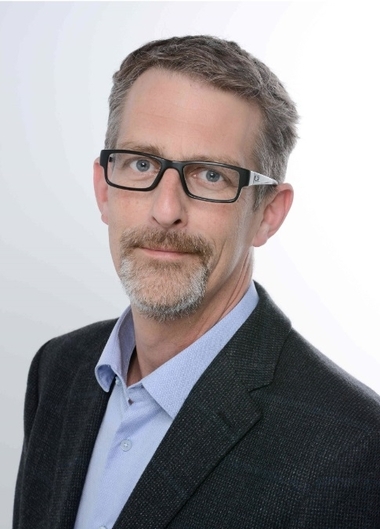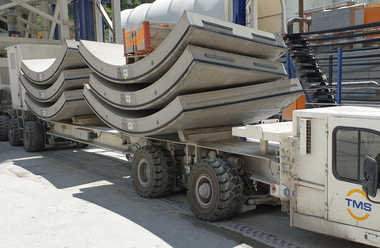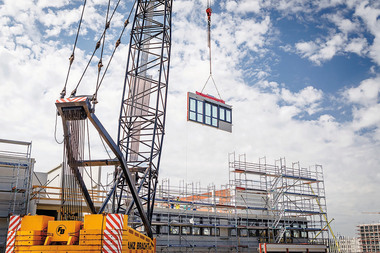Eco-concrete for structural precast elements applying a future-proof construction method
To ensure the sustainability of its products, Max Bögl Group is pursuing a strategy implemented in a targeted manner at both the horizontal (such as building construction, infrastructural projects) and vertical (including raw materials, precast elements) level of the value chain. The entire process as well as the individual primary and auxiliary activities are integrated and aligned according to the 10C approach, which was derived from the 5C approach of the cement and concrete industry and supplemented by key fields of action, including Conception, Customized Materials, Computational Engineering, Construction, and Operational Control. The underlying idea is to maximize the efficient use of raw materials while optimizing the durability and mechanical performance of concrete. Many years of experience in producing and processing limestone and granulated blast-furnace slag, a software suite designed specifically for optimizing packing density, and in-house research and building materials laboratories provide the basis for developing customized binder systems for eco-concrete. A system of tried-and-tested concrete mix designs and production concepts based on them, as well as quality assurance processes that clearly surpass the specifications of applicable codes and standards, make it possible to meet the wide range of requirements defined by customers and production without including unnecessary contingencies. One example is the digital real-time monitoring of concrete strength development. Thanks to this transparency, conflicting optimization approaches, such as reducing cement while increasing cycle frequency, are no longer mutually exclusive. In addition, the system provides specific support for control options such as binder optimization and heating concepts. Early involvement in the planning process makes it possible to apply technical solutions taken from the modular system of tried-and-tested custom designs to specific projects that would otherwise require case-by-case permits or approvals under current conditions.









